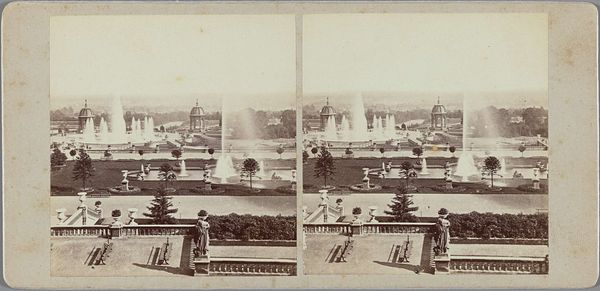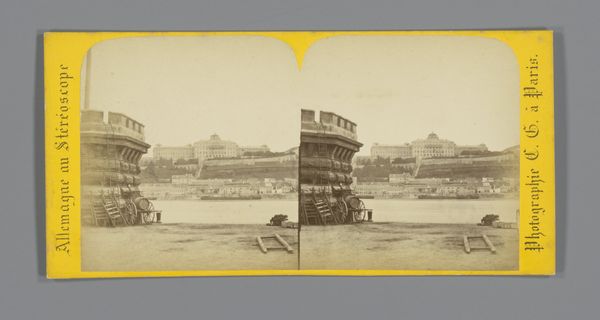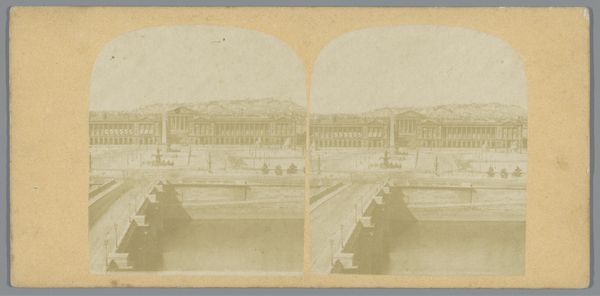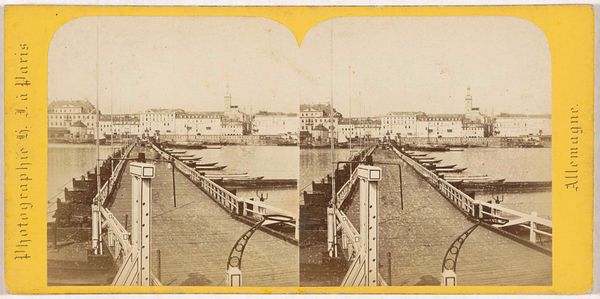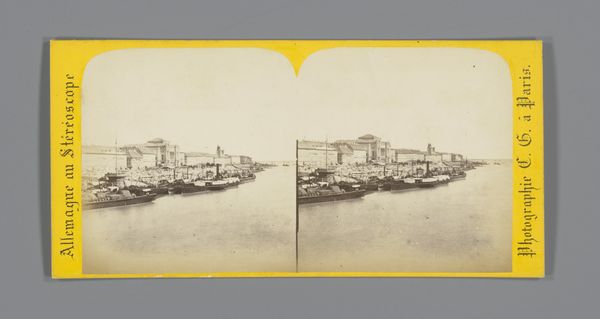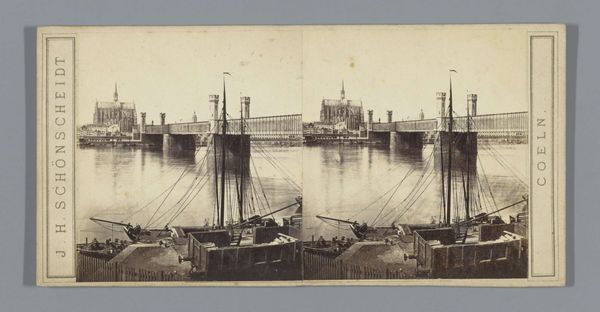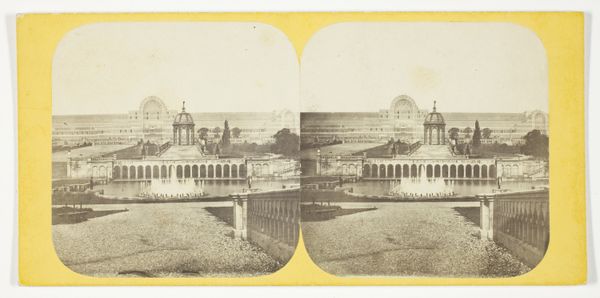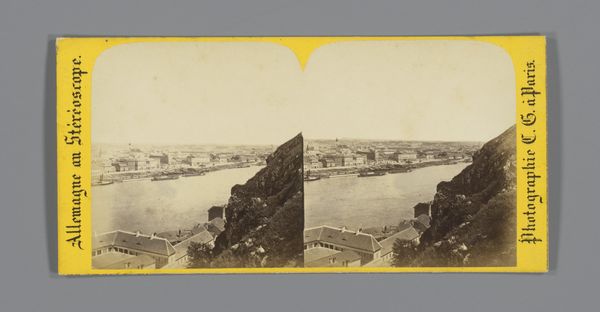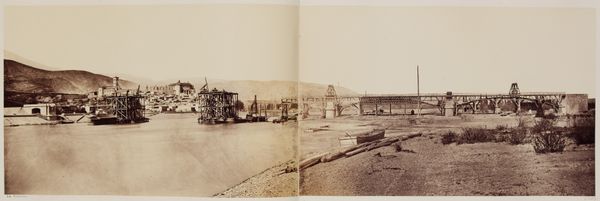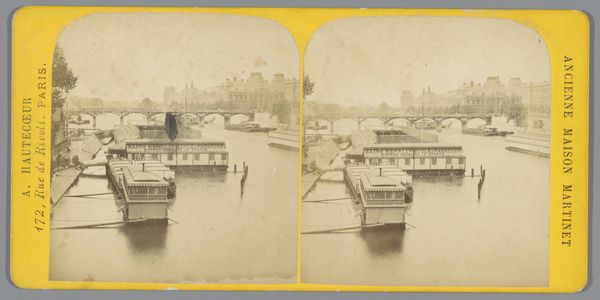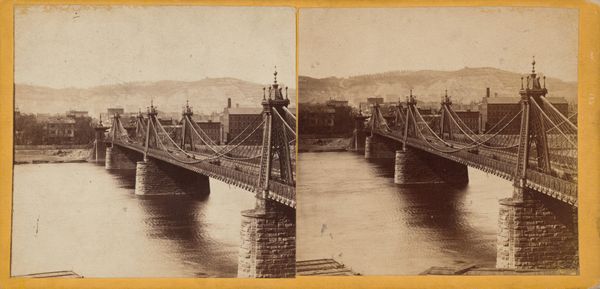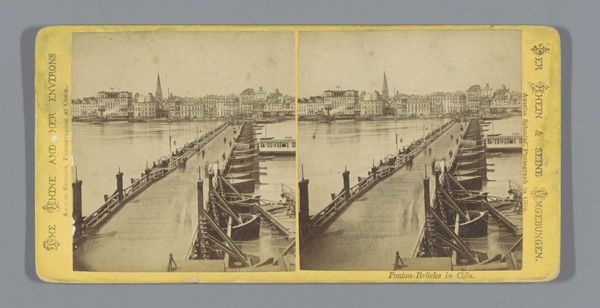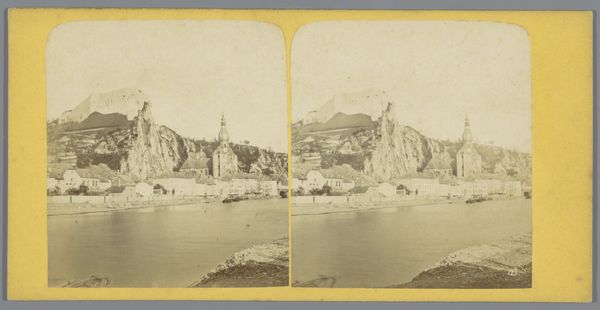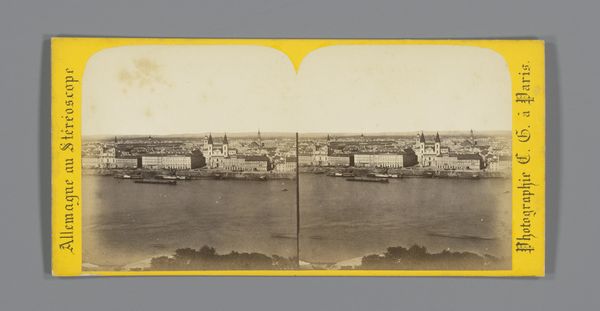
daguerreotype, photography
#
landscape
#
daguerreotype
#
photography
#
cityscape
#
realism
Dimensions: image/sheet: 7.5 × 8.1 cm (2 15/16 × 3 3/16 in.) image/sheet: 7.5 × 8.1 cm (2 15/16 × 3 3/16 in.) mount: 8.3 × 17.1 cm (3 1/4 × 6 3/4 in.)
Copyright: National Gallery of Art: CC0 1.0
Editor: This daguerreotype, “Standard Petroleum Refinery, Pittsburg, Pennsylvania” by Thomas H. Johnson, was created around 1865. It feels almost contradictory – beautiful light, and yet the scene it captures seems quite industrial. How do you interpret this work? Curator: That contradiction is precisely where the power lies. This image, produced in the wake of the Civil War, marks a turning point. It documents the rise of industry and, with it, the burgeoning power of capitalism. Who benefited and who was exploited in this moment of industrial explosion? Editor: The framing is interesting, almost like the refinery is being viewed from another building, maybe of greater importance? Curator: Exactly. Johnson’s strategic perspective might be highlighting the uneven distribution of wealth and power that accompanied this industrial boom. Consider the labor that fueled those refineries, likely underpaid and certainly under-protected. Can we view the growth and architectural achievements pictured alongside the societal repercussions suffered at the time? Editor: So you’re saying that the aesthetic beauty of the image might mask a more complex and troubling reality of the time? Curator: Absolutely. The photograph becomes a document not just of industrial progress, but of the social costs that often go unacknowledged in narratives of advancement. Consider what is left out of this photograph; whose stories are erased? Editor: It’s interesting to think about how seemingly neutral images can carry so much weight in terms of power and inequality. Curator: Indeed. It's a reminder that even landscapes are not neutral territories, and that their representation often serves particular interests.
Comments
No comments
Be the first to comment and join the conversation on the ultimate creative platform.
